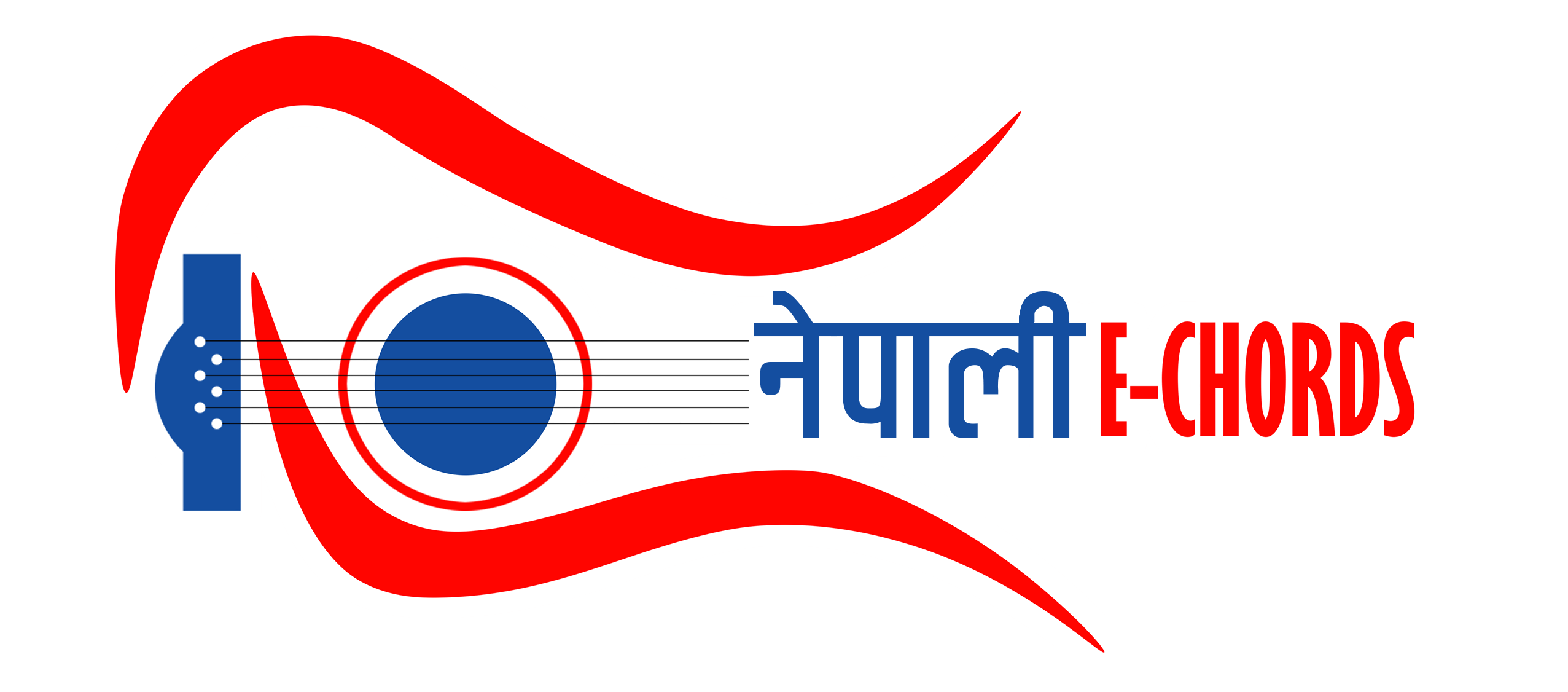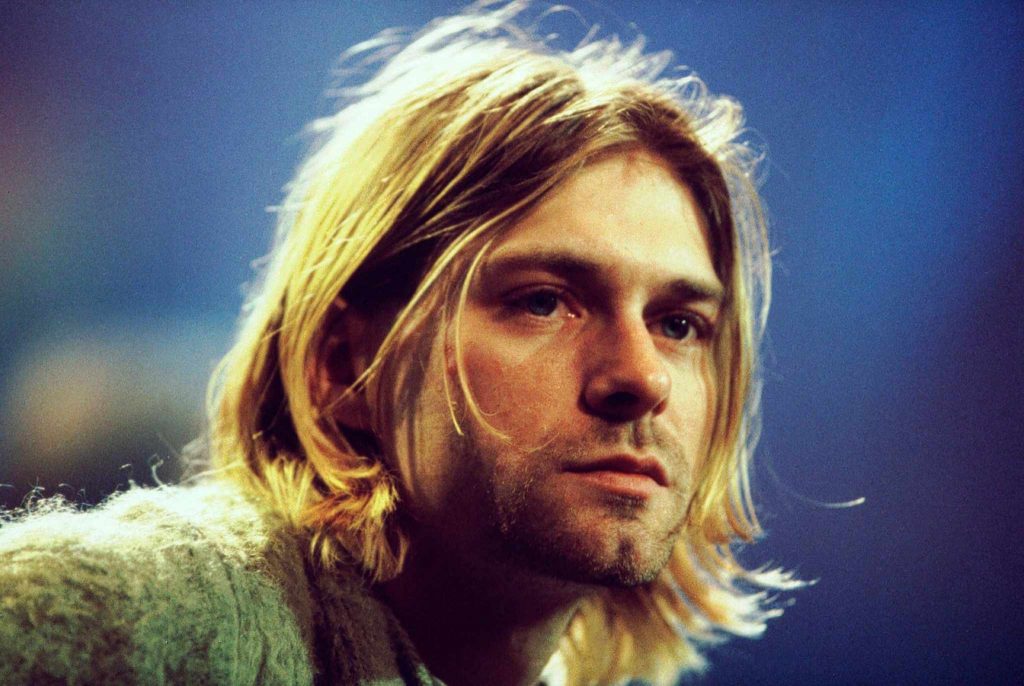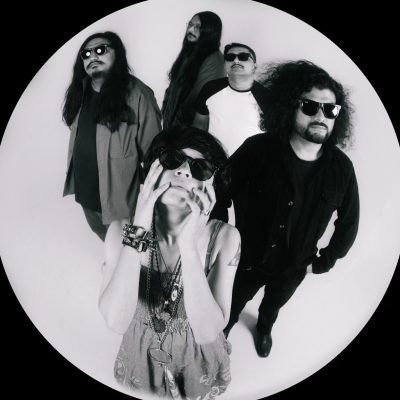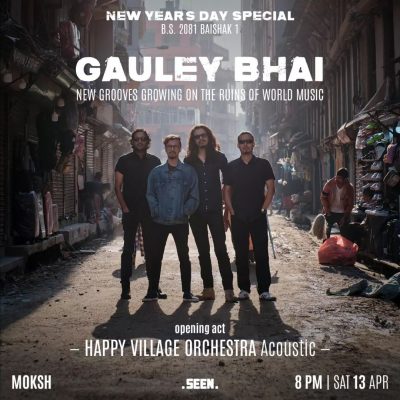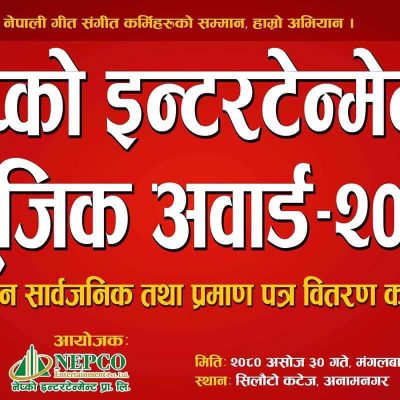What made Nirvana stand out from their peers in the Seattle music scene was their comfort with melody and pop hooks. During their earliest days, Kurt Cobain might have been withholding their lighter material in favour of hard-hitting tracks like ‘Negative Creep’ and ‘School’, but even those songs had noticeable catchy elements to them. Cobain’s love of old-school pop, specifically The Beatles, began to seriously bleed through into Nirvana’s music.
“Everyone talks about Kurt’s love affair with… the whole punk scene, but he was also a huge Beatles fan,” Nevermind producer Butch Vig told NME in 2004, “and the more time we spent together the more obvious their influence on his songwriting became.”
“I think Kurt felt nervous about putting ‘About a Girl’ on there, but he was very insistent on it,” Bleach producer Jack Endino said in the book Nirvana: The Biography. “He said, ‘I’ve got a song that’s totally different from the others, Jack, you’ve gotta just humour me here, because we’re gonna do this real pop tune.’ The question was raised at some point, gee, I wonder if Sub Pop’s going to like this, and we decided, ‘Who cares?’ Sub Pop said nothing. In fact, I think they liked it a lot.”
“I remember we were rehearsing the song not long before we went in and recorded the record, Bleach. Kurt was just playing the song and we were working it out,” then-drummer Chad Channing told Songfacts. “I asked Kurt what the song was, and Kurt was like, ‘Well, I don’t really know.’ And then I said, ‘Well, what’s it about?’ And he says, ‘It’s about a girl.’ And I said, ‘Well, why don’t you just call it ‘About A Girl’?’ And he just kind of looked at me and smiled and said, ‘Okay.’ We went with that. It’s kind of heavy, but it’s got a total pop sensibility. I always thought he was a great songwriter.”
Endino’s initial thought was that ‘About a Girl’ would be perfect for a single, but Nirvana baulked at the idea. It took half a decade for the song to see its own release when the MTV Unplugged version of the track was released as a stand-alone single. The acoustic version was released in October of 1994, six months after Cobain’s death.

